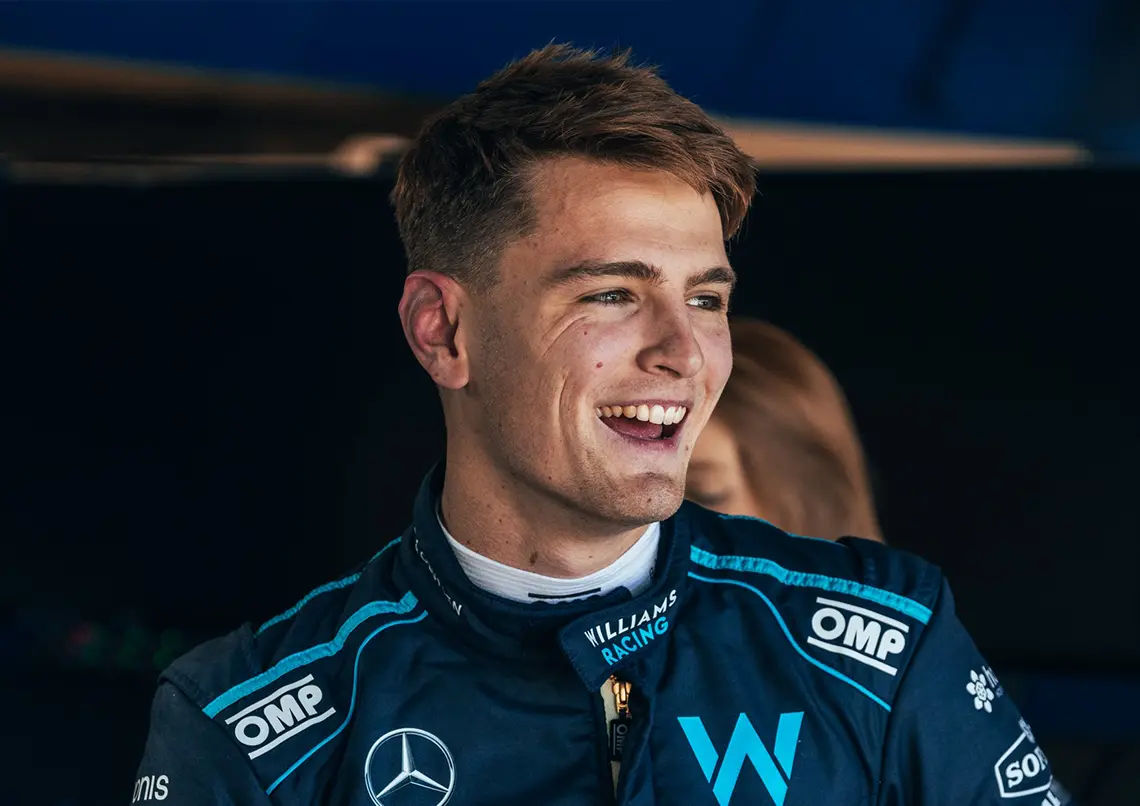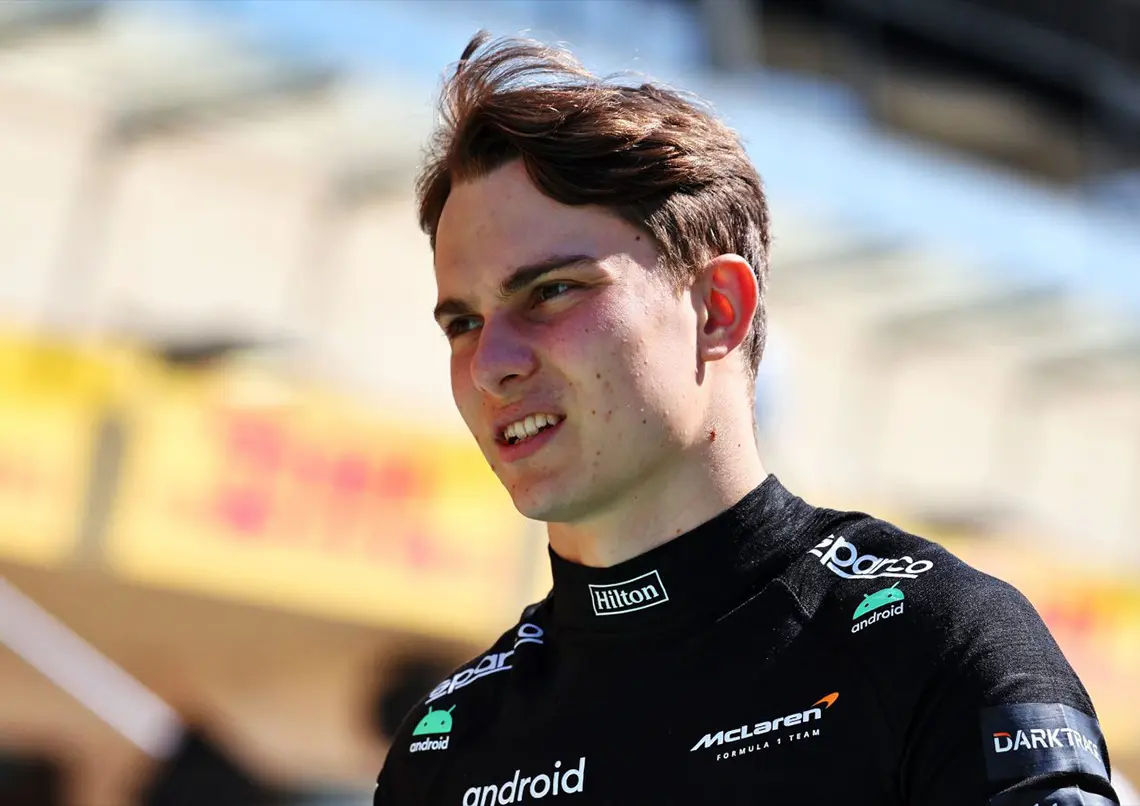Get ready for the 2023 season with this small season guide where we explain everything about the changes that are made in around the paddock.
The 2023 Formula 1 season is on the horizon, but how much do you know about it? Find out all you need to know about the calendar, teams, drivers and more. With the 2022 Formula 1 season consigned to the history books, focus has shifted towards 2023 and what intriguing storylines and battles will unfold.
After one of the biggest overhauls in technical regulations F1 has ever seen last year, a sense of stability will greet next season, but it hasn't stopped plenty of changes elsewhere to enable the upcoming campaign to stand out. Key driver market changes will come into action, while the race calendar continues to expand following the COVID-enforced changes from recent years.
Line-up
F1 world champions Red Bull keep an unchanged line-up for the third straight season with Max Verstappen and Sergio Perez, while there are also no movements at Mercedes with Lewis Hamilton and George Russell as well as at Ferrari with Charles Leclerc and Carlos Sainz.
Following Sebastian Vettel's retirement at the end of 2022, Fernando Alonso made the shock move to Aston Martin to join Lance Stroll, leaving a gap to fill at Alpine.


After the contract saga that saw Oscar Piastri on his way to McLaren to replace the ousted Daniel Ricciardo in the garage bay next to Lando Norris, Alpine opted for Pierre Gasly from AlphaTauri to form an all-French connection with Esteban Ocon.
In the merry-go-round AlphaTauri moved for Nyck de Vries, Formula E champion and long-time Mercedes reserve, to make his full F1 debut in 2023 having stood in for Alex Albon at Williams at the 2022 Italian GP. De Vries joins next to the retained Yuki Tsunoda.
Williams has retained Albon and has replaced Nicholas Latifi with rookie Logan Sargeant. Haas has replaced Mick Schumacher - now reserve driver with Mercedes - with Nico Hulkenberg to slot in alongside Kevin Magnussen. Alfa Romeo keeps an unchanged line-up for Valtteri Bottas and Zhou Guanyu, having been the only team to make a wholesale change in 2022.
Rule changes
The 2023 specification of ground-effect floors will be raised by 15mm to minimise the quantity of teams running their cars as low as possible and risking safety concerns caused by vertical oscillations. This was originally proposed as a 25mm rise, but pushback from the teams has lessened the overall change in floor edge height.
This includes more stringent flex tests to ensure that teams are not using elasticity in the floor to run the edges closer to the ground, while the diffuser throat height has been raised to reduce the aero sensitivity under the car.
Following Zhou Guanyu's accident at the British Grand Prix in 2022, the rollhoop regulations have also been revised to improve the strength and reduce the possibility that the rollhoop may dig into the ground. Thus, the top of the rollhoop must be rounded to counteract that possibility, while homologation tests will be changed to incorporate a minimum loading point, along with a horizontal test to ensure the rollhoop does not rip away.
Each car will also be kitted out with larger mirrors to improve rearward visibility, and some teams have already tested these in practice sessions. These will be extended from 150mm x 50mm to 200mm x 60mm.
The cost cap is expected to drop in 2023 to around $135m for the year, down from the $142.4m allowed in 2022 - as the initial $140m figure was increased to include inflation. Red Bull was found to have transgressed the $145m cost cap from 2021, with an overspend of around $2m, and this netted the team a $7m fine and a 10 percent reduction in aerodynamic testing.
Each car will also be kitted out with larger mirrors to improve rearward visibility, and some teams have already tested these in practice sessions. These will be extended from 150mm x 50mm to 200mm x 60mm.
More sprints
There will also be six sprint races in 2023, up from three in the previous two seasons. There will be a sprint in Azerbaijan, Austria, Belgium, Qatar, USA and Brazil. Sprint races are leading for more excitement on track. A short race without pitstops that defines the start positions for Sunday's race.
The first race will be driven on 5 March at the Bahrain International Circuit.






